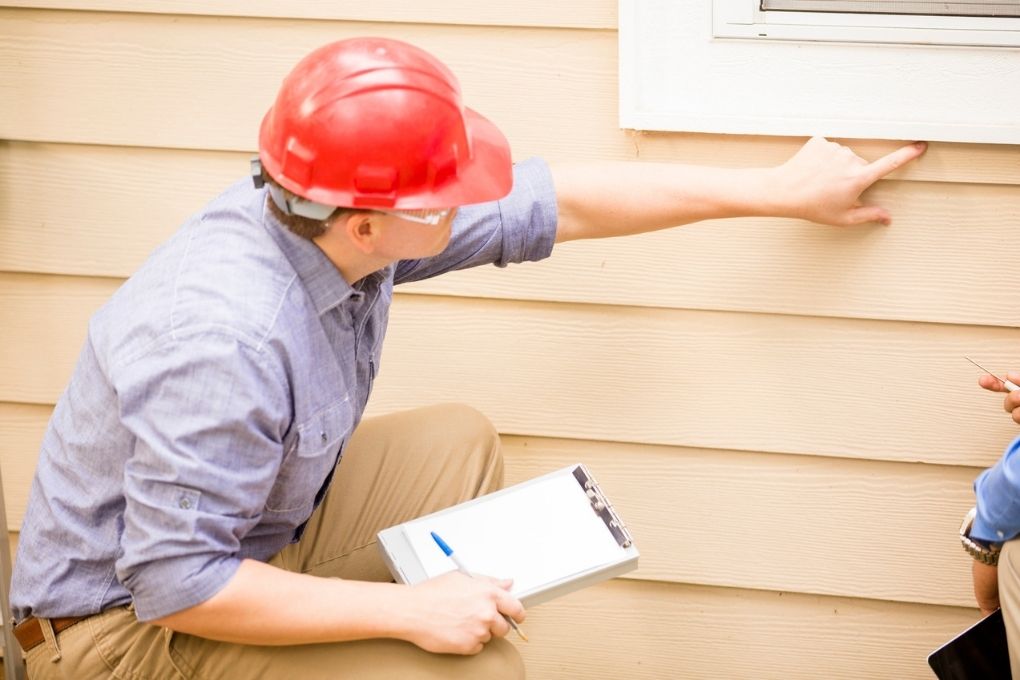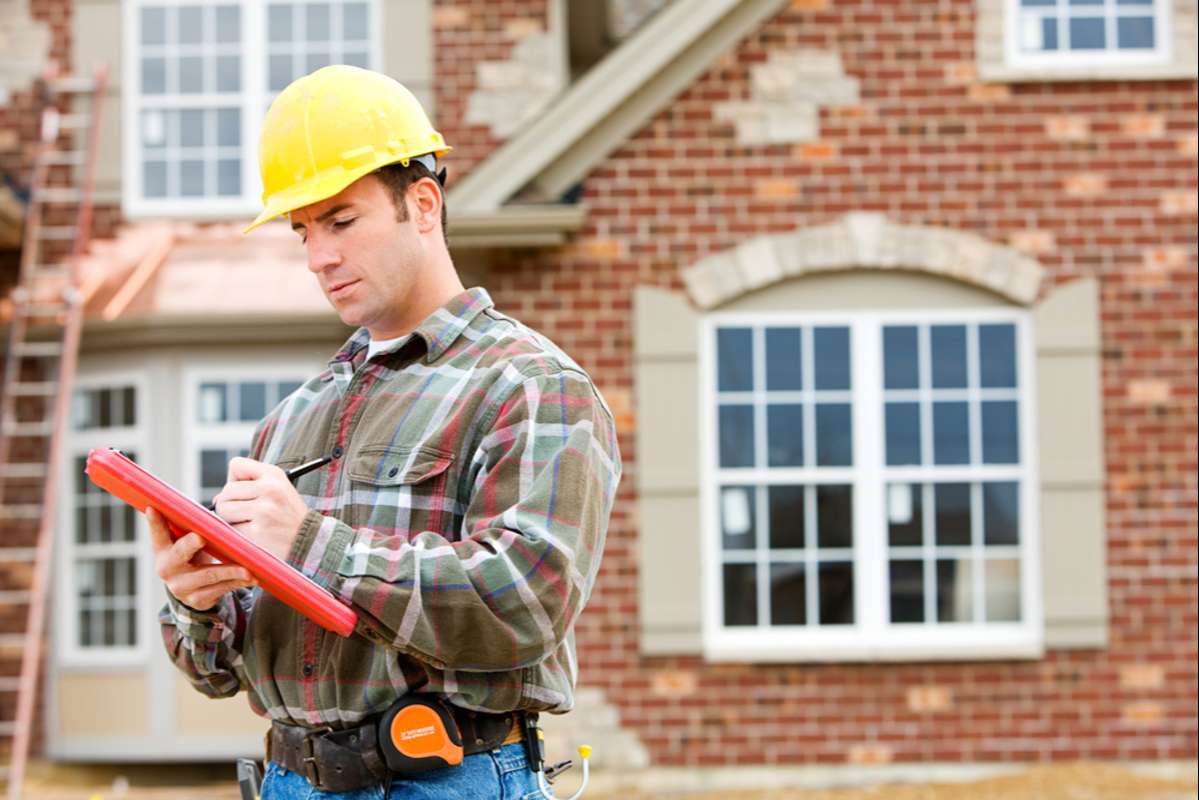What to Anticipate From Home Assessment: a Comprehensive Checklist and Its Importance
Comprehending what to expect from a home evaluation is vital for both customers and vendors in the genuine estate market. A comprehensive examination offers a thorough checklist that analyzes essential elements such as structural honesty, major systems, and overall property problem.

Value of Home Inspections
The importance of home inspections can not be overemphasized, as they work as a critical safeguard for both buyers and sellers in the realty market. For buyers, a home evaluation offers an unbiased assessment of the home's condition, disclosing potential concerns that may not show up throughout an informal walkthrough. This process assists purchasers make educated choices and bargain repair work or cost changes before closing, inevitably safeguarding their financial investment.
Conversely, vendors can take advantage of home evaluations by resolving issues proactively before detailing their property. This can enhance the home's bankability and possibly expedite the sales process. A pre-listing examination can also instill self-confidence in potential purchasers, as it shows openness and a dedication to keeping the property.
In addition, home evaluations add to the general safety and security and habitability of houses. By identifying structural, electrical, or pipes problems, they ensure that homes adhere to safety and security requirements and policies. This not only protects the owners yet additionally upholds the honesty of the realty market. In summary, home examinations are a necessary element of genuine estate transactions, providing important insights that cultivate depend on and transparency among all parties entailed.
Key Elements of the List
A detailed home evaluation list includes a number of key parts that make sure a complete assessment of a residential or commercial property's problem. The first element is the structural honesty, which includes the evaluation of the structure, wall surfaces, and roofing for any indications of damages or deterioration. Next off, the checklist addresses major systems such as pipes, electrical, and heating and cooling, analyzing their functionality and safety and security.
One more crucial location is the exterior of the home, which includes inspecting home siding, home windows, doors, and roof products for wear and potential leakages. The checklist also covers interior elements, consisting of floor covering, wall surfaces, ceilings, and insulation, to identify any kind of issues that might impact convenience or security.
Additionally, the checklist typically consists of an examination of appliances, ensuring they are in great functioning order. The inspection should analyze outdoor rooms, consisting of decks, patios, and driveways, to examine their condition and security. Each of these elements plays a vital role in offering a comprehensive understanding of the home, ultimately aiding prospective buyers in making informed choices regarding their investment.
Common Problems Found
Typically, home evaluations expose a variety of problems that can range from minor repair work to considerable safety worries. One common issue is the presence of water damages, commonly stemming from dripping roofs, pipes failings, or inadequate drainage systems. Such damage can cause mold development, which positions health and wellness dangers and may require substantial remediation.

An additional usual finding involves electric systems. Out-of-date wiring, overloaded circuits, or incorrect grounding can develop fire risks and require immediate focus. Furthermore, issues with cooling and heating systems, such as inadequate upkeep or age-related inefficiencies, can influence convenience and power costs.
Structural worries like split foundations or jeopardized framing are additionally regularly noted. These issues can result in severe effects otherwise addressed immediately. Parasites such as rodents or termites may be found, indicating the possibility for significant residential or commercial property damages.
Last but not least, the problem of doors and windows typically comes under examination. Poor seals can cause power loss, while damaged structures or glass can affect safety and security and aesthetic appeals. Determining these typical problems during a home evaluation is critical for educated decision-making and making sure the security and longevity of the residential or commercial property.
Getting Ready For the Examination
Preparation is essential for an effective home evaluation, ensuring that both buyers and sellers can browse the procedure with self-confidence. Begin by setting up the inspection at a mutually convenient time, enabling for appropriate access to the building. For vendors, it is her comment is here a good idea to declutter and clean up the home extensively, as a clean setting can favorably affect the assessor's assessment.

For buyers, preparing involves putting together a checklist of particular problems or locations of interest to go over with the assessor. By taking these preparatory actions, both celebrations can set the phase for a effective and detailed home inspection experience.
Post-Inspection Actions
After the examination is complete, both sellers and purchasers need to take specific activities to deal with the searchings for. For customers, the primary step is to thoroughly assess the assessment report, keeping in mind any major concerns that might affect their decision. This paper works as an essential device for negotiation. Purchasers may ask for repair work or credit ratings from the seller based on considerable concerns, such as obsolete systems or architectural problems.
Sellers, on the various other hand, must analyze the findings to identify which concerns they can resolve prior to settling the sale. Repairing small repairs can improve the residential or commercial property's appeal and potentially lead to a higher price. Additionally, vendors might select to reveal concerns to prospective purchasers, advertising transparency and trust fund.
In instances where considerable repair work are needed, both events may profit from acquiring quotes or quotes from certified specialists. It is vital for both vendors and customers to preserve open lines of interaction throughout this process to make sure a smooth purchase.
Final Thought
Home assessments offer as an essential part in the actual estate transaction process, guaranteeing a thorough assessment of a More hints residential property's problem. Inevitably, the importance of home evaluations can not be overstated, as they advertise informed decision-making and contribute to a smoother real estate experience.
For purchasers, a home assessment gives a neutral evaluation of the building's problem, disclosing possible problems that may not be visible during a casual walkthrough.Conversely, vendors can profit from home inspections by addressing problems proactively before providing their residential property (Home Inspection Lockhart).Generally, home assessments expose a range of issues that can range from minor repairs to significant safety and security concerns. Recognizing these usual problems during a home inspection is critical for notified decision-making and making sure the security and long life of the home
Preparation is necessary for a successful home inspection, ensuring that both customers and vendors can navigate the go process with self-confidence.